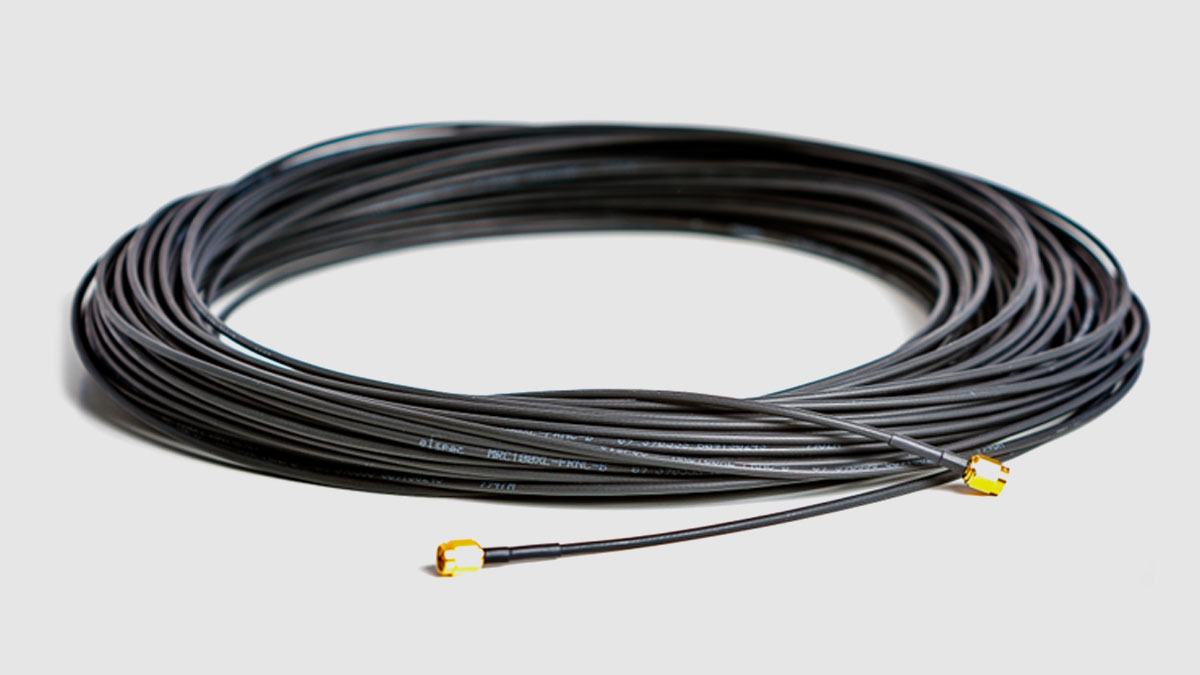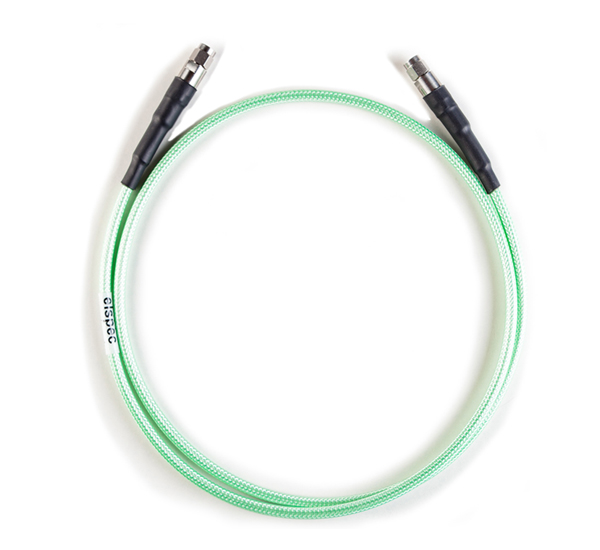
Understanding VSWR in Pre-Terminated Cables
When measuring coaxial cables using a network analyzer, it’s crucial to understand that the displayed adjustment (or return loss) results from the superposition of reflected signals from both connectors. One unit you’ll encounter frequently in this context is the decibel (dB).
But what exactly is a decibel, and how does it apply here?
The decibel—originally derived from the “bel”—expresses power ratios on a logarithmic scale. Because the bel is rather impractical, the decibel (one-tenth of a bel) became the accepted standard in RF engineering. It allows for simple comparisons of signal levels, reflections, and losses.

Key Takeaways:
- VSWR and return loss are both derived from signal reflections at cable ends; two imperfect connectors can significantly influence measurement results.
- Even with -20 dB return loss on each connector, their reflected signals may add up—in the worst case, leading to a much higher (worse) combined reflection.
- Phase difference due to cable length and frequency causes constructive or destructive interference of reflected voltages.
- Cable attenuation improves overall return loss by reducing the strength of reflected signals—but may mask the true performance of connected components like antennas.
- Always factor in cable loss when remotely evaluating the match of an antenna or DUT (Device Under Test).
“A return loss reading can be deceiving if you forget about signal damping. Cable attenuation doesn’t fix mismatches—it hides them.”
– Stefan Burger, RF Expert
So, if you aim for a return loss of -25 dB in your system, the connectors at both ends need to perform considerably better than -25 dB each. Don’t forget: real-world cables also attenuate signals, improving return loss artificially. While this might look good on screen, the device under test—like an antenna—could be out of spec by several dB.


